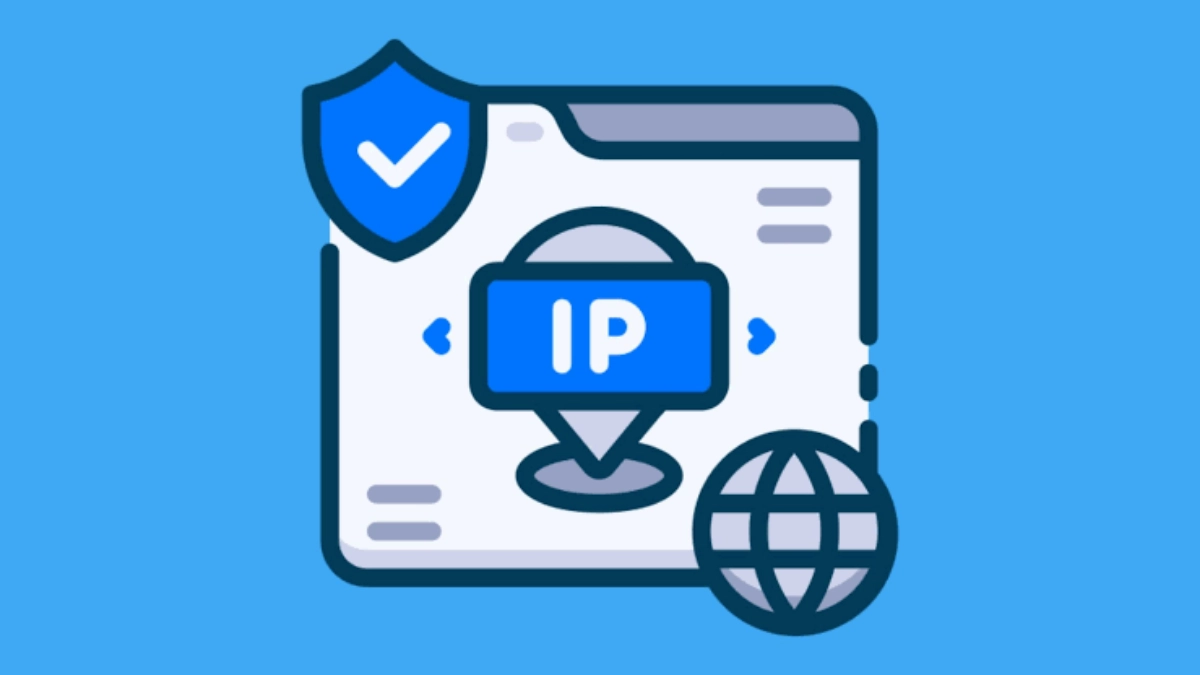In the labyrinth of computer networking, comprehending the IP configuration of your computer is akin to wielding a key to unlock seamless connectivity. This guide aims to demystify the essentials of IP configuration by shedding light on IP addresses, subnetting, and the intricacies of managing your computer’s network settings. Let’s embark on a journey to empower you with the knowledge needed to optimize your computer’s connectivity.
Understanding IP Configuration: The Basics
1. IP Address: An IP address is a unique numerical label assigned to each device on a computer network. It serves two main purposes: identifying the host or network interface and providing the location of the host in the network. IP addresses are vital for communication in the digital realm.
2. Subnetting: Subnetting involves dividing an IP network into sub-networks to improve performance and security. It allows for efficient utilization of IP addresses and helps in organizing network resources. Subnetting is a key aspect of IP configuration, particularly in larger networks.
How to Hide Your Folders or Files on a Computer
Key Components of IP Configuration:
1. TCP/IP (Transmission Control Protocol/Internet Protocol): TCP/IP is the suite of communication protocols that underpins the internet. It facilitates the exchange of data between computers and networks. Understanding TCP/IP is crucial for configuring IP settings effectively.
2. DNS (Domain Name System): DNS translates human-readable domain names into IP addresses. When you type a URL into a browser, DNS resolves the domain to an IP address, enabling your computer to connect to the intended server. Configuring DNS settings is essential for smooth internet browsing.
3. DHCP (Dynamic Host Configuration Protocol): DHCP automates the process of assigning IP addresses to devices on a network. It ensures that each device has a unique IP address without manual intervention. DHCP configuration simplifies network management and reduces the likelihood of address conflicts.
How to Check and Configure IP Settings:
1. Windows:
- To check IP settings, open Command Prompt and type:
ipconfig. - To configure settings, go to Control Panel > Network and Sharing Center > Change adapter settings. Right-click on your network connection, choose Properties, and select Internet Protocol Version 4 (TCP/IPv4).
How To Delete Temp File From Your Computer
2. macOS:
- To check IP settings, open Terminal and type:
ifconfigoripconfig getifaddr en0for Wi-Fi. - To configure settings, go to System Preferences > Network. Select your connection, click Advanced, and navigate to the TCP/IP tab.
3. Google:
- Open your browser and type ”What is my IP”, ”What is my IP address”, ”My IP address” or ”My IP“
- Your IP address will show in the first result.
4. Online Tools:
- Click on any of the following links: WhatIsMyIpAddress, whatismyip.com, whoer.net, nordvpn.com, ipaddress.my, expressvpn.com, iplocation.net
- Click on the link next to the box, it it will generate your IP address.
5. Command Prompt:
- Press the Windows key + R.
- Type cmd into the search box and press Enter.
- When it shows the command prompt page, type ipconfig and press Enter. It will now display your IP configuration.
Troubleshooting IP Configuration Issues:
1. IP Address Conflict: If multiple devices on a network have the same IP address, conflicts can arise. Configure devices to obtain IP addresses automatically via DHCP to mitigate conflicts.
2. Incorrect DNS Configuration: Incorrect DNS settings can lead to browsing issues. Ensure that DNS settings are configured correctly, either manually or through DHCP.
3. Subnetting Mismatch: Inconsistent subnetting can impede communication between devices. Verify that devices in the same network adhere to the same subnet mask.
How to fix Computer Screen Sideways (rotate)?
How To Know Your LAN Connection IP Address
Sometimes, a need may arise to know the IP address of the LAN you are connected to. Here are the steps to check it.
1. Right-click on the Windows icon at the bottom-left of your computer screen and select Settings.
2. Select Network and Internet (it is located on the left)
3. Right-click on properties (it is located at the top), and it will now show you your IP address.
Conclusion: Navigating the Network Terrain with Confidence
Understanding the intricacies of IP configuration is paramount for optimizing your computer’s connectivity. From the uniqueness of IP addresses to the organizational prowess of subnetting, mastering these essentials empowers you to navigate the network terrain with confidence. Whether you’re checking and configuring IP settings or troubleshooting issues, this knowledge forms the bedrock of a seamless and efficient digital experience.



